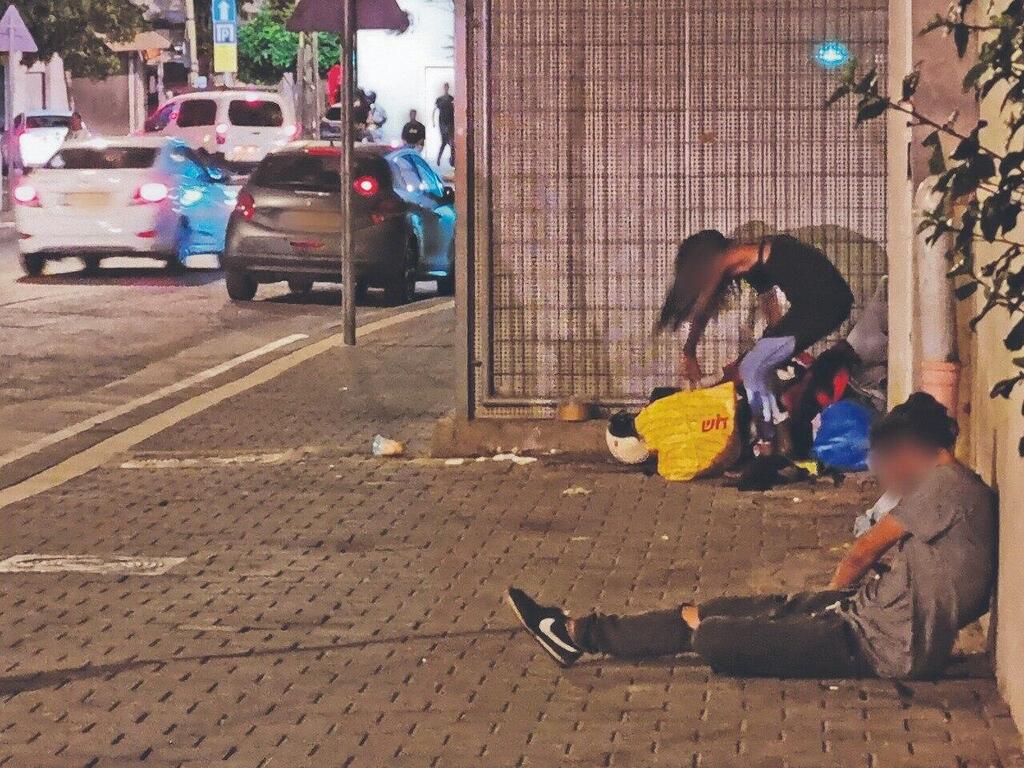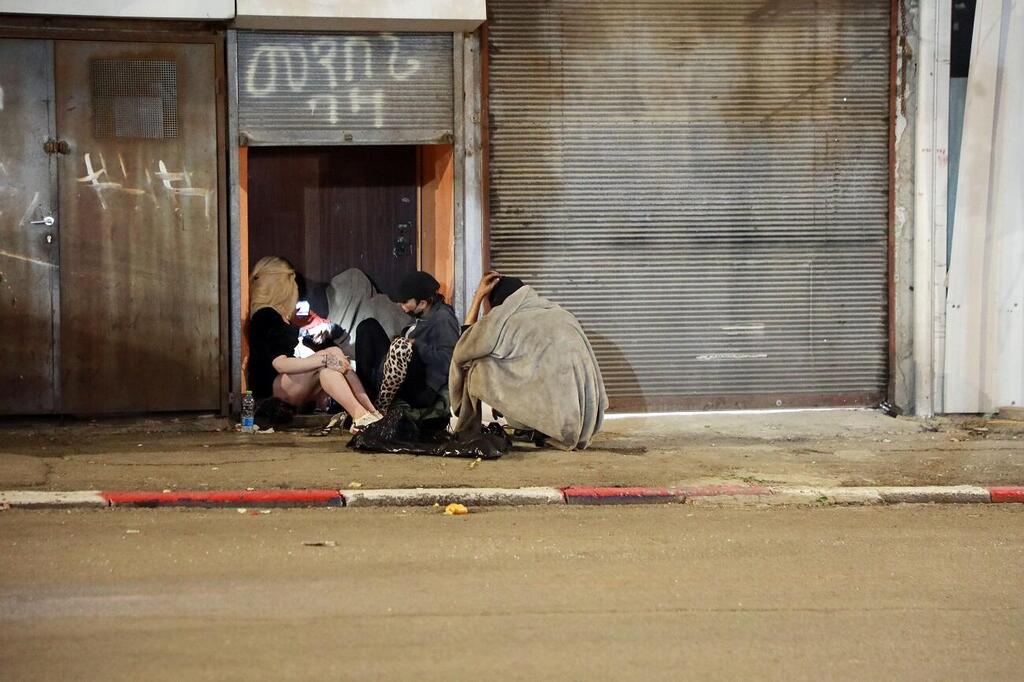Israel's homeless population has been growing steadily in recent years, already numbering in the thousands, but the state does not adequately address its needs, a new Knesset report published last week found.
"Treatment of homeless people is done in several different ways, both through government ministries and through local authorities, but like we see in other phenomena, here too there is a lack of holistic understanding of all the resources needed [to prevent people from winding up on the street] and rehabilitation," MK Yasmin Sacks Friedman, who commissioned the report, said.
Many homeless people in Israel are struggling with mental issues, drug addiction and chronic diseases that are left unattended. Feeling abandoned and increasingly wary of society, many of them avoid seeking help.
The report points to glaring gaps between Welfare Ministry data on the country's homeless population and that of local authorities.
According to ministry data, some 2,000 individuals experiencing homelessness received aid in 2019. Their number grew to 2,250 the following year, 86% of them were men and 67% were aged 26-55.
On the other hand, according to data collected by the Welfare Ministry from 89 departments for social services in local authorities, about 3,470 homeless people were treated in 2020 when about 29% received short-term treatment that was not reported or treated but not registered as homeless.
In addition, local authorities report about 800 street dwellers in their jurisdiction who are not treated, of whom 345 are not interested in receiving care or are unmotivated to receive it, and about 455 other street dwellers who are not recognized, but authorities know or estimate they live in their jurisdiction.
The report's authors point out that these discrepancies in data collection demonstrate the ambiguity around the size of Israel's homeless population and that the country's homeless shelters can house only about a third of its street dwellers.



